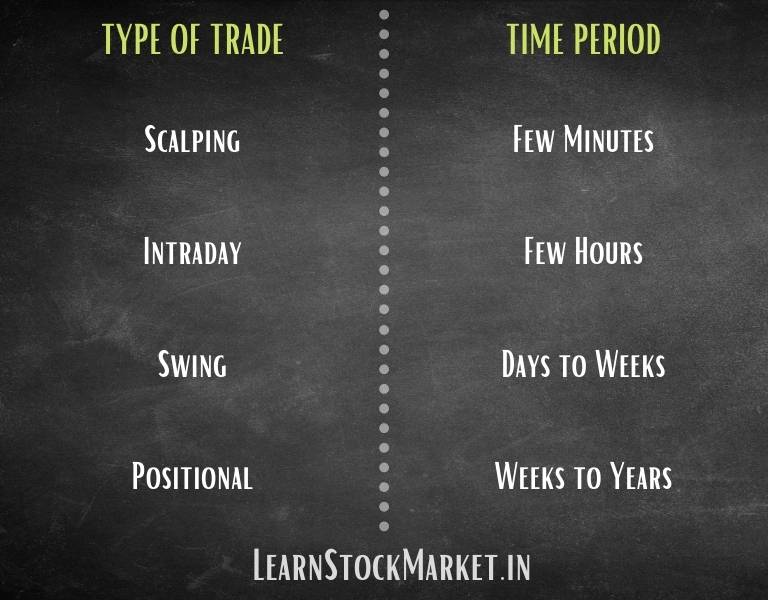Trading in the stock market is a profitable activity for individuals who want to build wealth and invest. It also offers opportunities to invest in mutual funds. Individuals may open a trading and demat account by submitting KYC documents to their broker or brokerage firm.
Day trading involves buying and selling stocks within a single day. Traders must close their trades before the market closes for the day.
Stock exchanges
Stock exchanges are regulated by the Securities and Exchange Board of India (SEBI). They are where companies list their shares for the first time so that investors can buy and sell them. A stock market also includes a primary market and a secondary market. A primary market is where a company issues new shares to the public for the first time. A secondary market is where the actual trading of those shares takes place.
The majority of trading in India occurs on the Bombay Stock Exchange and the National Stock Exchange. Both of these stock markets are order-driven, meaning that buyers and sellers are matched through trading computers. The exchanges offer a wide variety of investment options for individual investors.
Investors should always consult with financial advisors before making any investment decisions. They should also understand the risks involved and only invest what they can afford to lose. Investors should also consider a number of factors, including the price of a stock, its dividend payout, and its growth potential. These factors will help them decide whether a stock is worth buying or selling.
Indexes
Stock market indexes help investors understand how the overall stock market is performing. They measure the value of a group of stocks that are listed on a particular exchange. Popular stock market indices include Nifty and BSE Sensex.
These indices use different formulas to arrive at a specific value. Some use free-float market capitalization, while others use weighted averages. The indices also have different ways of selecting and weighing stocks. For example, Nifty 50 includes large and liquid stocks, while Sensex is comprised of 30 big companies.
When a stock market index increases in value, it may be due to an increase in the number of buyers. This is because if more people buy the same stock, its price will go up, while a lower number of buyers will decrease its price. This is why it is important to monitor the stock market indices.
Positional trading
Traders can make profits in positional trading by investing in an asset and waiting for it to grow. These traders are less bothered by price fluctuations or the day’s news, and they have the patience to wait for a trend to emerge. This type of trading is often compared to long-term investing, and it can yield significant returns.
Unlike intraday trading, which involves buying and selling stocks within a single day, positional trading allows traders to hold on to their trades overnight. It’s also less risky because it doesn’t require constant monitoring or quick decision-making. It’s an excellent option for those who want to avoid the stress of day trading, but still enjoy the potential of higher profits.
Positional traders use fundamental and technical analysis to identify opportunities. They typically choose scrips that have momentum or are poised to gain in value. They also monitor market trends and watch for pullbacks, which are moments when the market pauses and rebalances itself. They may also invest in indices, which are an indicator of an economy’s performance.
Technical analysis
Technical analysis is a popular stock market strategy for short-term trading. It uses charts and data to identify patterns that can predict future price trends. Unlike fundamental traders, technical traders don’t look at a company’s financial details. Instead, they focus on statistical patterns on a stock’s chart. The underlying theory is that a security’s price and volume accurately reflect all public information about the company. This form of analysis has been widely used by traders, investors, and analysts for centuries. Recently, it has gained wider acceptance in the academic community, particularly with regard to behavioral finance.
While analyzing the fundamental aspects of a business is important for long-term investments, short-term trades benefit from technical analysis. This technique is based on the idea that markets tend to repeat themselves, so if you can spot patterns in price change over time, you can predict future movements. It utilizes a wide range of tools, such as charts, indicators, and drawing tools, to discover these patterns. It also makes use of historical data to forecast price patterns. This type of analysis can be applied to a broad number of asset classes, from stocks to commodities.
Derivatives
A derivative is a financial instrument that derives its value from an underlying asset, such as a stock or currency. They are used for speculation or hedging purposes. They also provide traders with leverage and the ability to make profit from price changes in underlying assets.
The four main types of derivatives are forwards, futures, options and swaps. Each type has a different contract condition and risk factor. Investors can trade these instruments through a broker, which offers online trading facilities. In order to trade derivatives, investors must have a margin account with a broker. This is a special kind of account that allows traders to make leveraged trades and maintain larger positions than they could with cash trading.
Margin trading is a popular way to trade derivatives, as it allows traders to leverage their holdings and gain a larger position for a smaller investment. This can increase profits and reduce the risks associated with the trade. It is important to understand the risks of this type of trading before making a decision. There are many different strategies that can be used in this type of trading, including hedging, arbitrage and risk-taking.
